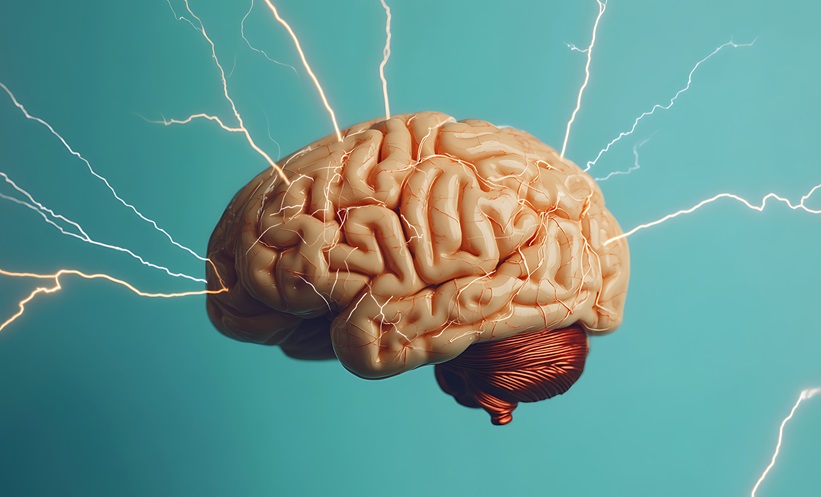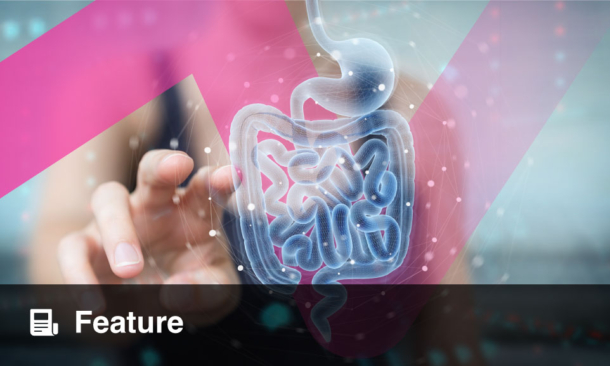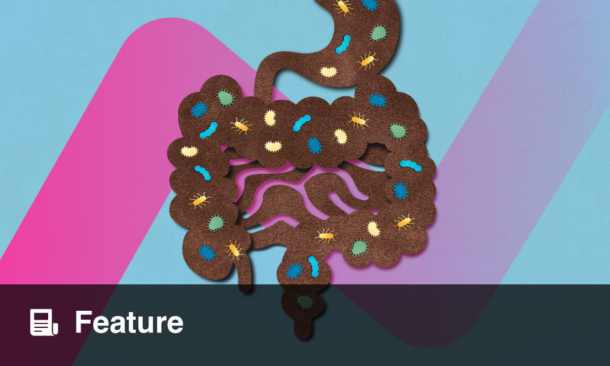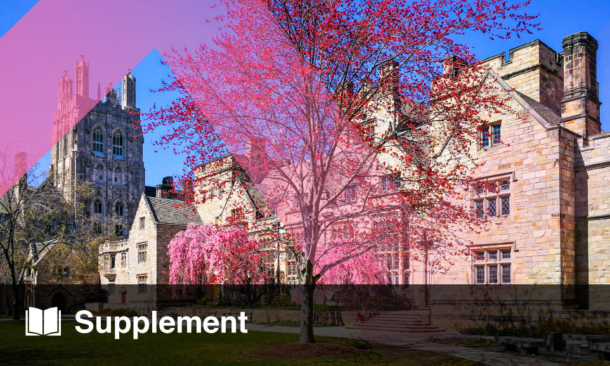TRANSCRANIAL direct current stimulation (tDCS) combined with modified constraint-induced movement therapy (mCIMT) does not enhance upper-extremity motor recovery in poststroke patients compared to sham treatment, according to findings from the phase 2 TRANSPORT2 trial, though the intervention proved safe and feasible for clinical use.
Motor impairments remain a leading cause of long-term disability after stroke, with prior studies suggesting tDCS—a noninvasive brain stimulation technique—might augment rehabilitation. This triple-blind, sham-controlled trial enrolled 129 participants (42% female; median age 59) at 15 US centers, all 1–6 months post-ischemic stroke with persistent upper-limb deficits (Fugl-Meyer Upper-Extremity [FM-UE] score ≤54). Participants received 10 sessions of mCIMT over two weeks, paired with 30-minute sham, 2 mA, or 4 mA tDCS. The primary outcome was FM-UE score change at day 15, with adjusted mean improvements of 4.91 points (sham), 3.87 points (2 mA), and 5.53 points (4 mA), showing no significant between-group differences (P = 0.39). Secondary outcomes (Wolf Motor Function Test, Stroke Impact Scale) similarly revealed no dose-dependent benefits. All groups maintained improvements at 1- and 3-month follow-ups, with comparable safety and tolerability across arms136.
These findings suggest current tDCS protocols (≤4 mA) add no measurable benefit to intensive rehabilitation in subacute stroke recovery. However, the intervention’s feasibility in multicenter settings and absence of safety concerns support further research into higher stimulation doses (>4 mA), alternative timing (eg, acute phase), or targeted patient subgroups (eg, younger individuals with greater neuroplasticity). Clinically, the results underscore the need to prioritise evidence-based rehabilitation over unproven adjuncts like tDCS in routine practice. Future trials should standardise outcome assessments and address limitations such as COVID-19-related enrollment delays and sex-based response variability.
Reference
Schlaug G et al. Safety and efficacy of transcranial direct current stimulation in addition to constraint-induced movement therapy for post-stroke motor recovery (TRANSPORT2): a phase 2, multicentre, randomised, sham-controlled triple-blind trial. The Lancet Neurology. 2025;DOI:10.1016/S1474-4422(25)00044-4.








